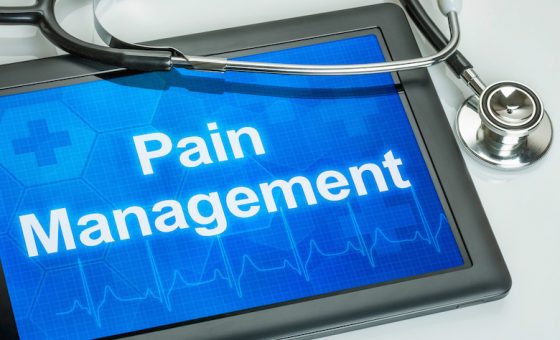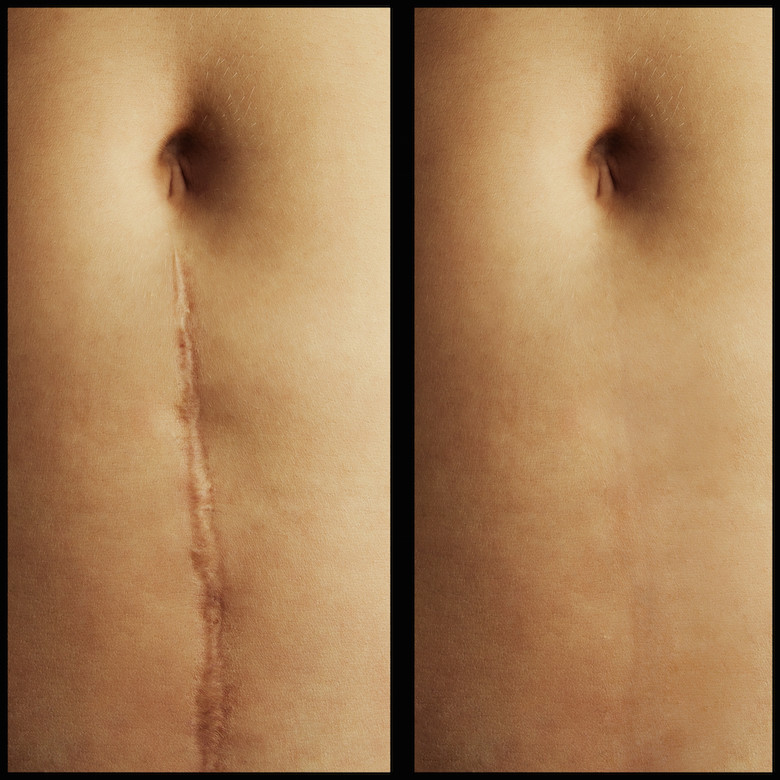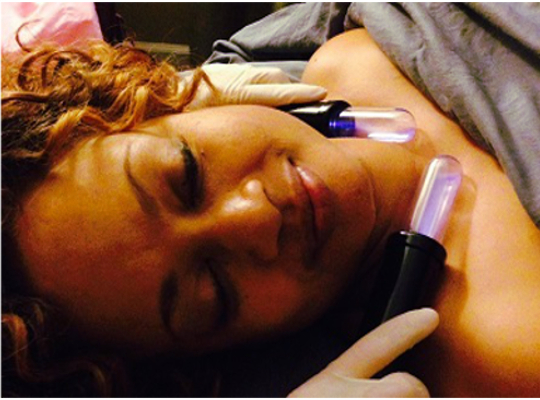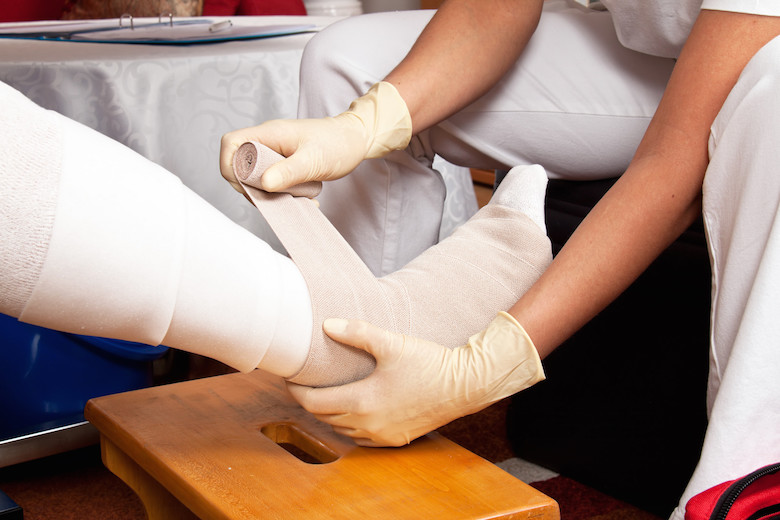Alternative Pain Management
in Albuquerque
Alternative Pain Management / Pain Relief
Pain & Swelling Solutions offers a wide variety of natural pain management techniques because the causes of pain and their solutions are unique to each individual person.

Alternative Pain Management may consist of a single therapy or multiple therapies, depending on what works best for a person.
Pain Management Therapies Offered
Myofascial Release is a form of bodywork that involves very slow, gentle stretching of connective tissue called fascia to help eliminate restrictions that cause pain and restore normal motion.
Myofascial Release, when done by some practitioners, can be painful. The type of Myofascial Release done at Pain & Swelling Solutions is gentle and within boundaries of client comfort.
Scar Release is one form of Myofascial Release that is highly effective at relieving pain and restoring normal range of motion.
Electro-Lymphatic Therapy (ELT) and Manual Lymphatic Drainage (MLD) help with pain relief whether the pain is in a specific location or is widespread. ELT and MLD produce an analgesic effect which subdues pain.
Both are used to help reduce swelling after surgery, accident, or other trauma and are highly effective. These therapies are performed by a Certified Lymphedema Therapist, the highest level of training available for this type of work.
Understanding the Lymphatic System
The lymphatic system is a network of vessels and nodes that transport lymph, a fluid containing white blood cells, throughout the body. Its primary functions include:
- Maintaining Fluid Balance: By draining excess fluids from tissues and returning them to the bloodstream, the lymphatic system prevents swelling and edema.
- Immune Defense: Lymph nodes filter harmful substances, such as bacteria and viruses, and produce lymphocytes, which are essential for immune response.
- Nutrient Absorption: It assists in the absorption of fatty acids and fats from the digestive system.
A well-functioning lymphatic system is essential for overall health, and disruptions can lead to various issues, including chronic pain and inflammation.
How Lymphatic Therapy Works
Lymphatic therapy, often referred to as manual lymphatic drainage (MLD), involves gentle, rhythmic massage techniques designed to stimulate the flow of lymph. This therapy can be performed by trained practitioners or through self-massage techniques. The main goals of lymphatic therapy are to:
- Reduce swelling and fluid retention
- Enhance the removal of toxins and metabolic waste
- Improve circulation and immune function
- Alleviate pain and discomfort
Mechanisms of Pain Relief
The pain-relieving effects of lymphatic therapy can be attributed to several mechanisms:
-
Reduction of Inflammation: By promoting the removal of inflammatory substances and excess fluid from tissues, lymphatic therapy can reduce swelling and pain associated with conditions such as arthritis, fibromyalgia, and injury.
-
Improved Circulation: Enhanced lymphatic flow can improve blood circulation, delivering more oxygen and nutrients to tissues and aiding in the repair of damaged cells. This can accelerate healing and reduce pain.
-
Detoxification: The lymphatic system plays a crucial role in detoxifying the body. By clearing out metabolic waste and toxins, lymphatic therapy can alleviate symptoms of chronic fatigue and pain syndromes.
-
Nervous System Regulation: Gentle lymphatic massage has a calming effect on the nervous system, which can help reduce stress-related pain and promote relaxation.
Conditions Benefited by Lymphatic Therapy
Lymphatic therapy has been found beneficial for a variety of conditions that cause pain, including:
- Lymphedema: Characterized by severe swelling, often in the arms or legs, due to lymphatic system blockage.
- Chronic Pain: Conditions like fibromyalgia and chronic fatigue syndrome, where pain is widespread and often linked to poor lymphatic drainage.
- Post-Surgical Recovery: Helps reduce swelling, pain, and recovery time after surgeries, especially cosmetic and orthopedic procedures.
- Injury Rehabilitation: Aids in the healing process of sprains, strains, and other injuries by reducing inflammation and promoting tissue repair.
Incorporating Lymphatic Therapy into Pain Management
For those seeking to incorporate lymphatic therapy into their pain management routine, it is important to consult with a qualified healthcare provider or a certified lymphatic therapist. These professionals can design a personalized treatment plan that may include:
- Regular MLD Sessions: Scheduled treatments to maintain lymphatic flow and manage pain.
- Self-Massage Techniques: Instructions on how to perform lymphatic self-massage at home.
- Hydration and Exercise: Recommendations for activities and habits that support lymphatic health, such as staying hydrated, engaging in low-impact exercises, and wearing compression garments if needed.
Compression Bandaging often provides great relief from pain caused by conditions such as Edema, Lymphedema, Chronic Venous Insufficiency (CVI), and Lipedema.




